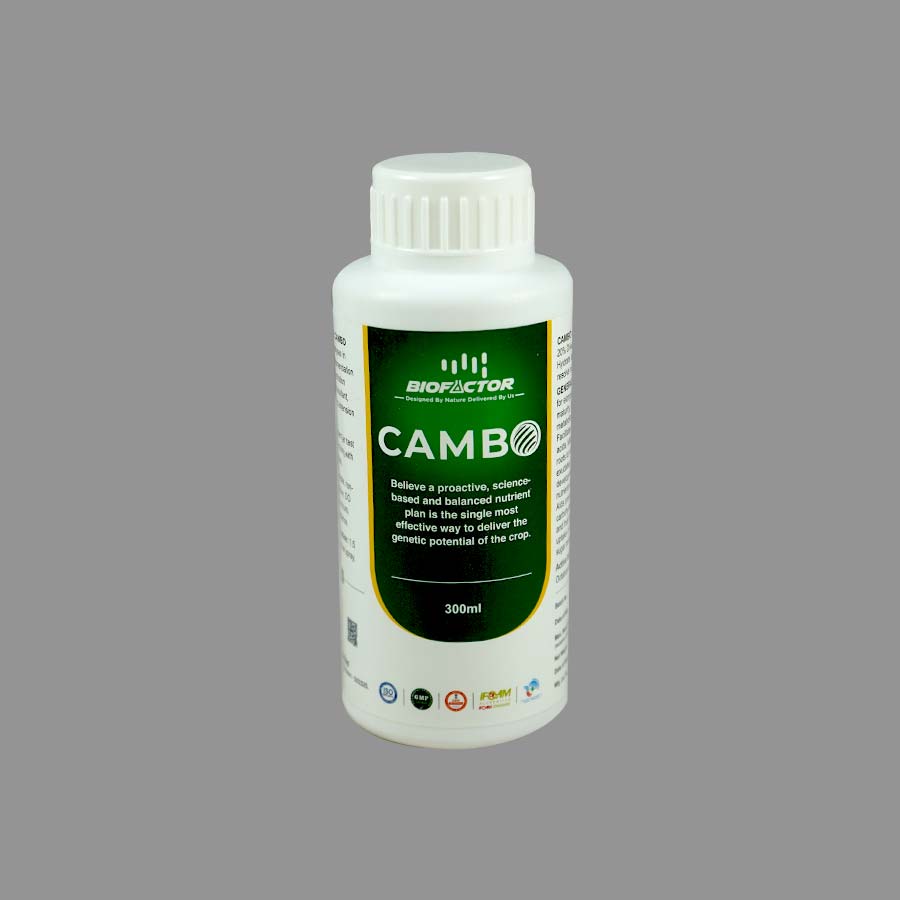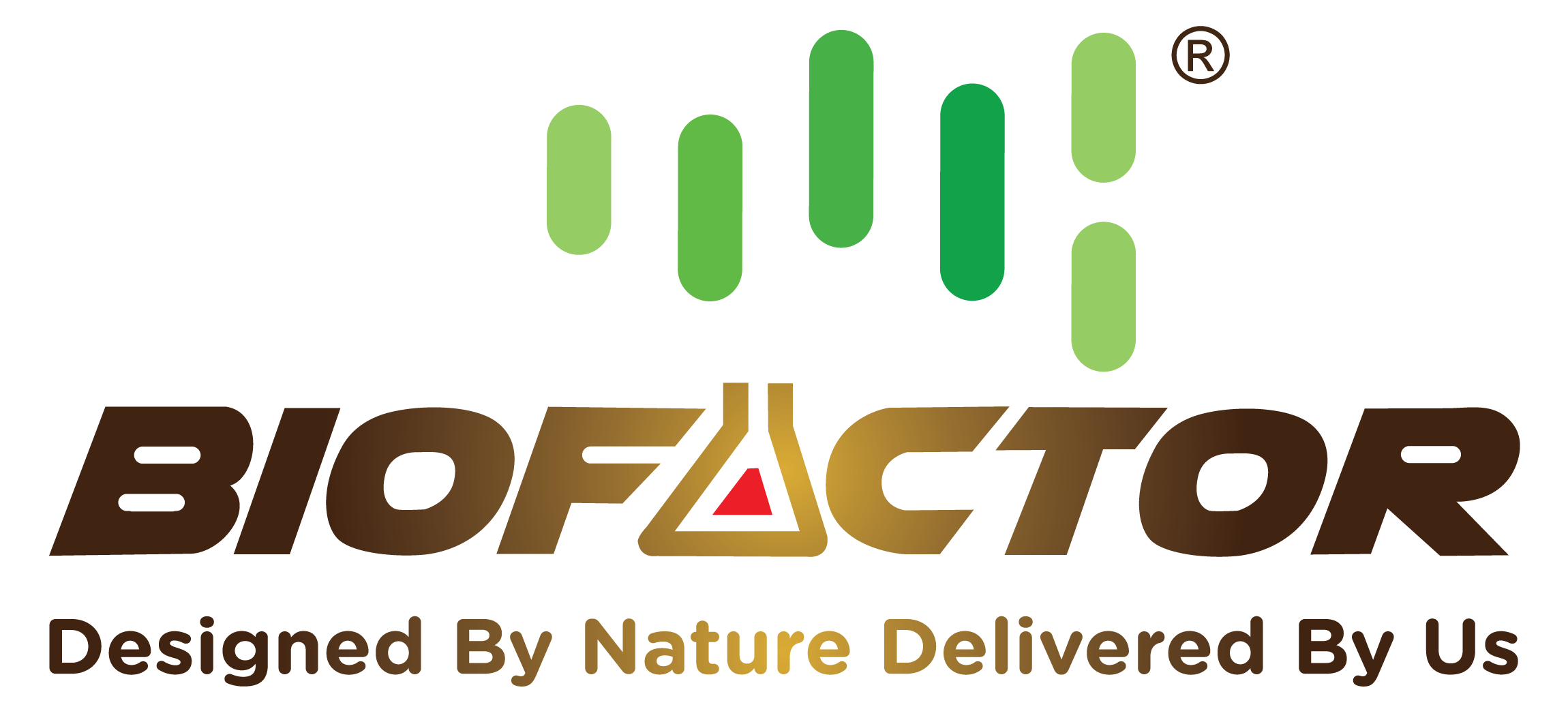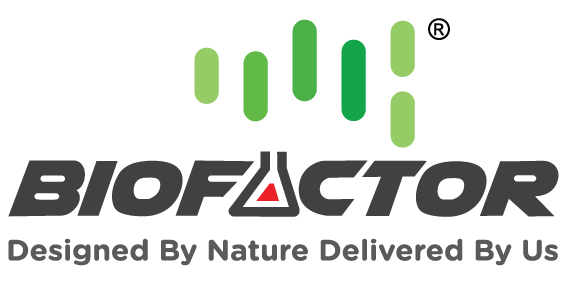
CAMBo contains micro encapsulated 20% Di-sodium Octa Borate Tetra Hydrate concentration which is designed to help resolve nutrient deficiencies in crops. It is essential for elongation of pollen tubes, promotes maturity, improves seed set, and regulates metabolism of carbohydrates. At the cell level it facilitates the synthesis of nucleic acids, maintains cell wall integrity of roots to reduce beneficial root exudates and is crucial for cell division and development. It aids in the use and regulation of nutrients, production of sugar and carbohydrates, and is essential for seed and fruit development. Boron in the formulation enhances uptake of Ca, Mg, and K, and enables sugar translocation.
Benefits to Crops :
- Contributes to optimal root system and robust growth with scientifically formulated crop condition nutrition.


